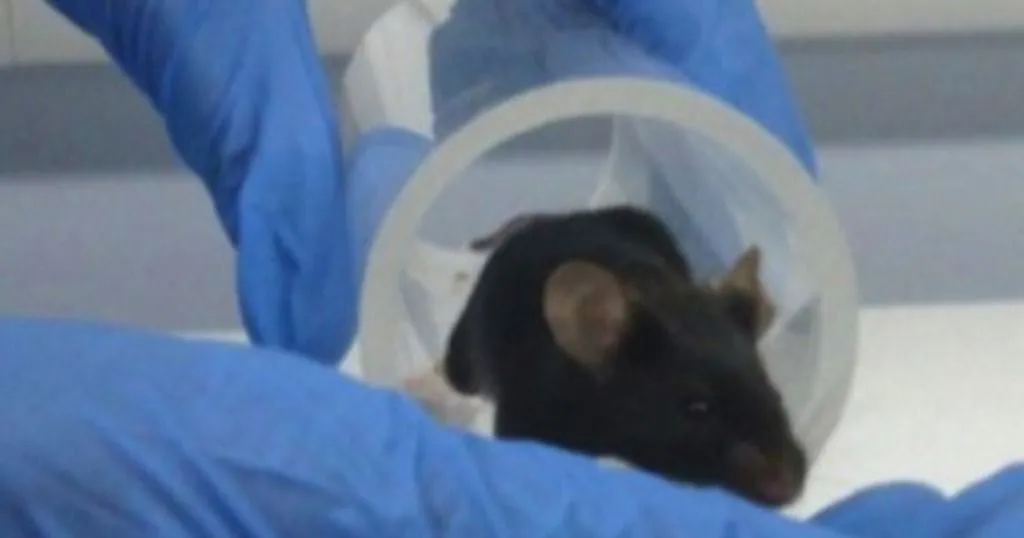How behavioral core facilities advance research
Behavioral cores benefit universities as well as science in general. Recent cases show improved reproducibility of tests and protocols to assess a more complex phenotype of model animals.
Posted by
Published on
Wed 06 Jan. 2021
Topics
| EthoVision XT | Exploratory Behavior | Mice | Open Field | Rats | Video Tracking | Zebrafish |
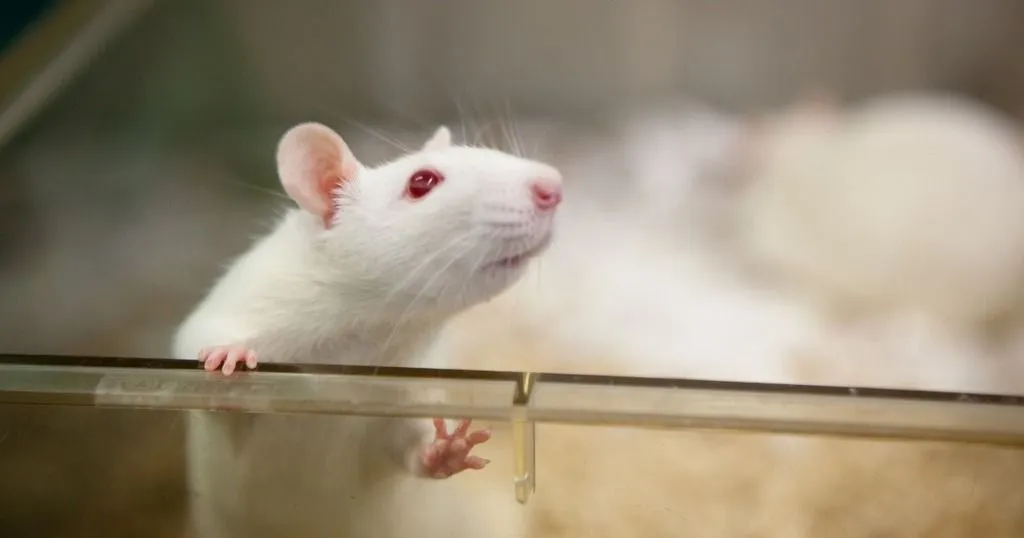
Recently we sponsored an Inside Scientific webinar called Lessons From The Core: Longitudinal Assessment vs. Point Sampling of Behaviors in Mice
In this webinar Lior Bikovski and Shivang Parikh talked about today’s home cage monitoring technology and how it compares to other standard tools in the field of behavioral research.
If you missed it, be sure to watch it on demand.
Managing a behavioral core
Prof. Lior Bikovski manages the Myers Neuro-Behavioral Core Facility at the Tel Aviv University. He recently collaborated on a publication in Journal of Neuroscience Methods that highlights the benefits of behavioral cores. It contains a couple of great examples that show how behavioral research advanced in four behavioral cores in Sweden, the UK and Tel Aviv.
Are you interested in building your own rodent neurobehavioral core? Download this free guidebook on how to build a rodent neurobehavioral core and learn more about the why, who, what and how.
The importance of behavioral cores
The more we want to learn about psychiatric diseases and other neurobehavioral disorders, the more complex neurobehavioral studies become. This leads to an increasing demand for more detailed phenotyping of (rodent) models. Reproducibility is a very important aspect here.
Promoting standardization
As you can imagine, standardizing procedures plays a big role in increasing the reproducibility of neurobehavioral tests. The test protocol, but also the specific way it is executed, staff training, and testing environment in terms of lighting, noise, and even odor, will attribute to data reliability and accuracy. This is where behavioral cores can really make a big impact on science, as knowledge, experience, expertise, and technologies are all present in one facility.
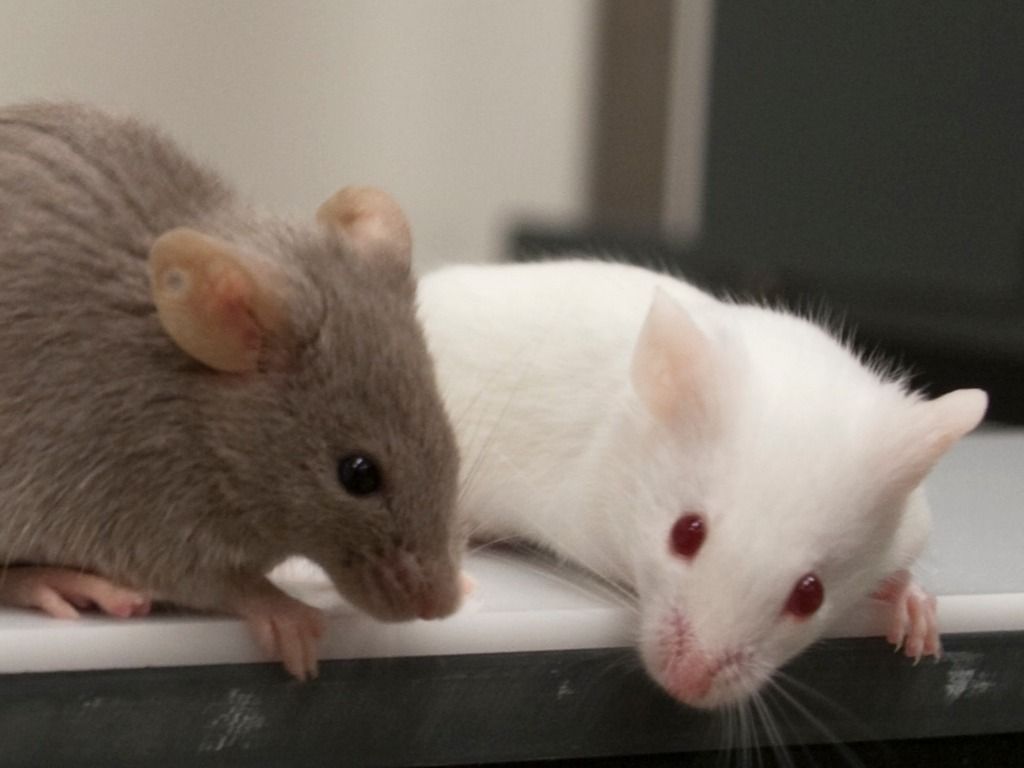
Dealing with confounding factors
Of course, there are always confounding factors such as a new mouse strain or a change in the testing environment. Better protocols help. This paper lists a couple of examples on how these behavioral cores have provided.
Pre-calibration
Let’s start with pre-calibrated experimental protocols. The authors explain how this helps to verify that control animals exhibit the desired behavior, and to optimize the behavioral output so that significant differences in control and model animal behavior can be accurately measured. This is illustrated with open field tests.
The open field test
The open field test relies on the opposing behaviors provoked by different degrees of illumination. Simply replicating light settings from another publication often does not result in the same behavioral phenotype. Pre-calibrating the light intensity may seem like a lot of work, but it can save valuable time in the end.
At the Myers Neuro-Behavioral Core Facility they investigated the ability of a certain compound to elicit increased motor behavior. However, when copying a previously published protocol, it seemed that the environmental conditions increased exploration in the control mice, potentially overshadowing the effect of the compound. By pre-calibrating the experiment, they found a protocol that improved the ability to detect an increase in explorative behavior in response to the compound. Using EthoVision XT, a significant difference in distance moved was detected.
Social factors
Another example from the Myers Neuro-Behavioral Core Facility concerns the investigation of a genetic manipulation to elicit a motor defect.
During pre-calibration, researchers found that naïve mice only explored the open field arena at moderate levels, potentially overcasting the genetically induced effect. The test was performed in parallel with four mice in four arenas. While initially saving time this way, it confounded the experiment with social stress.
When testing a single mouse at a time, substantial exploration was recorded. This proved to be a more suitable protocol so further testing was done and significant differences between naïve and genetically modified mice were found with use of EthoVision XT.
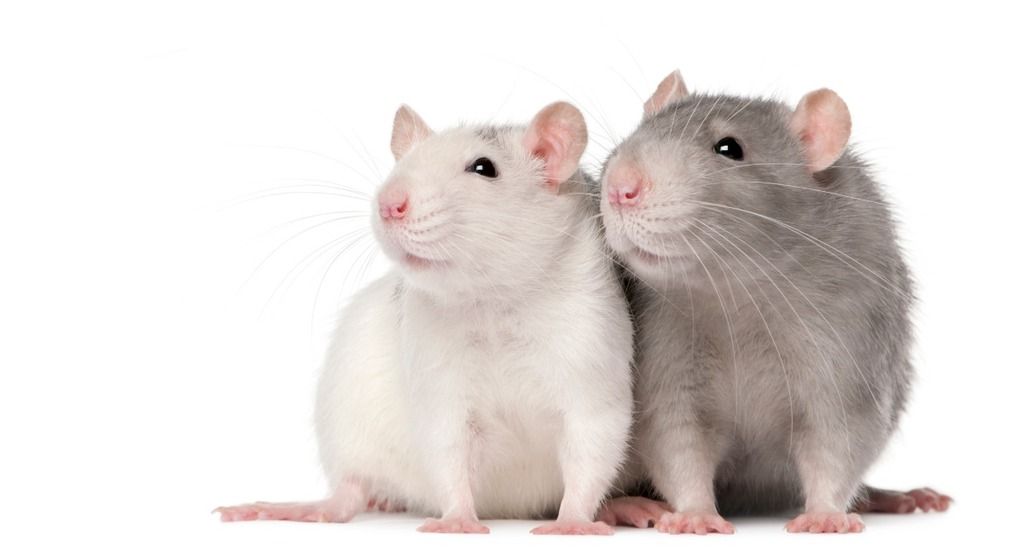
New testing arenas
At the Uppsala University Behavioral Facility in Sweden they wanted to find a way to better understand psychiatric disorders. Standard test protocols generally focus on one isolated behavior, and fail to assess the behavioral complexity of the disease model.
The multivariate concentric square field (MCSF) offers an opportunity to measure a more complete behavioral phenotype in a complex test arena. The researcher from this Swedish facility developed this arena for rats, mice, and even zebrafish.
Multivariate testing
The MCSF arena has explorative incentives, areas associated with shelter, and different kinds of risk in open and illuminated areas. It has now been used and validated for the behavioral profiling of rats.
This protocol shows robustness. A study done on this rat strain in Sweden was repeated in US years later, and results were remarkably well replicated. The MCSF also shows great promise for zebrafish studies during initial experiments in Sweden.
Video tracking complex behavioral phenotypes
The MCSF was designed for use with video tracking such as EthoVision XT. The authors nicely visualize their data in tracks and heatmaps to show behaviors such as risk assessing and risk taking, exploration, and shelter seeking.
Better behavioral phenotyping
If you are interested in better behavioral phenotyping, or the advantages and considerations associated with a behavioral core, this paper is a great read! For more information on video tracking options, please check out EthoVision XT.
References
Bikovski, L.; Robinson, L.; Konradsson-Geuken, A.; Kullander, K.; Viereckel, T.; Winberg, S.; Roman, E.; Tsoory, M. (2020). Lessons, insights and newly developed tools emerging from behavioral phenotyping core facilities. Journal of Neuroscience Methods, 334, 108597.
Related Posts
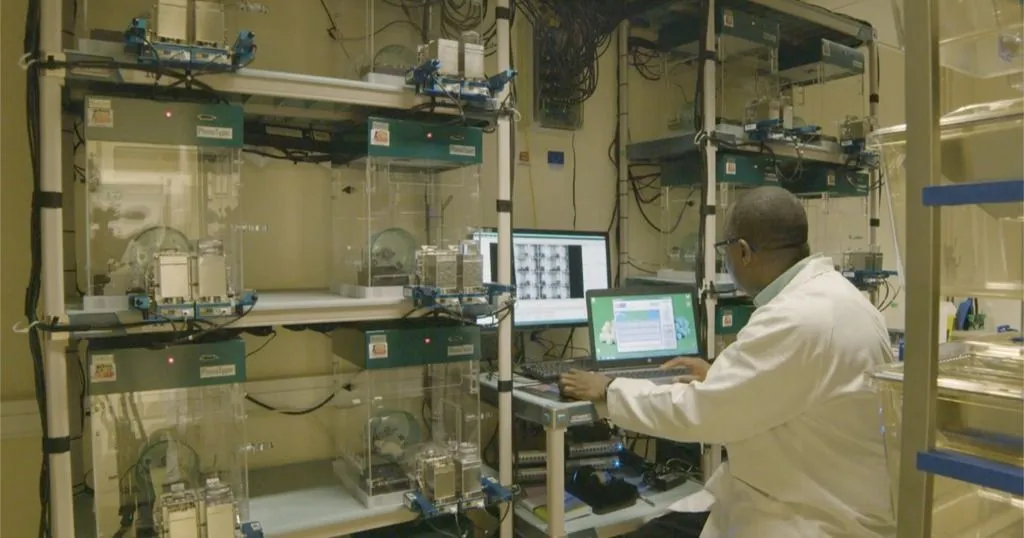
5 steps to set up the perfect behavioral suite
